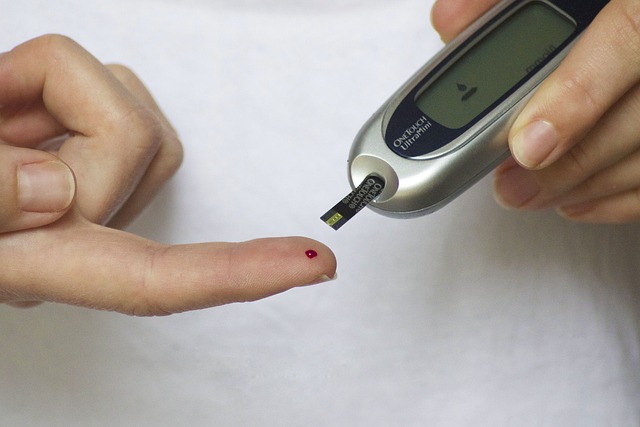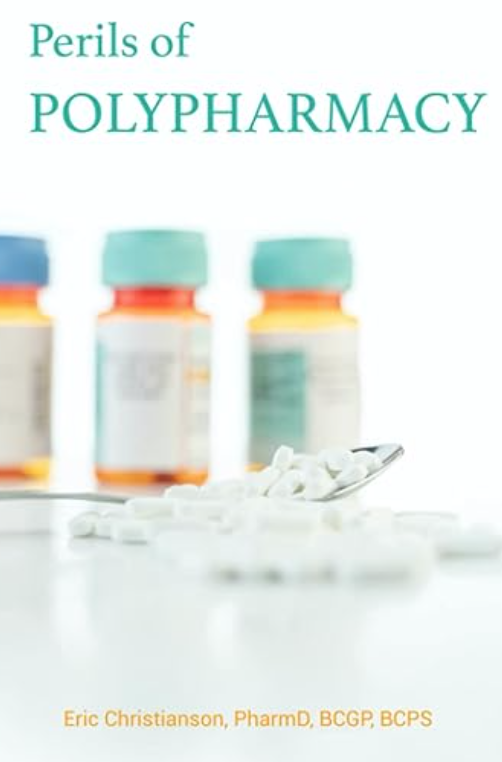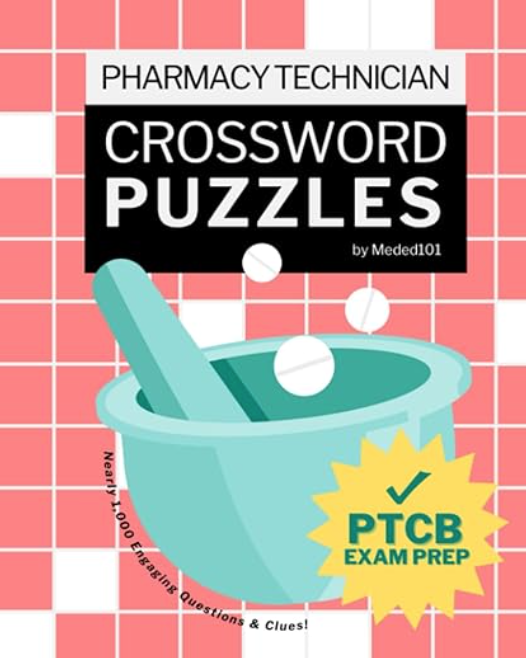Diabetic Ketoacidosis (DKA) is traditionally characterized by the triad of hyperglycemia, metabolic acidosis, and ketoacidosis. However, approximately 3% of DKA cases are caused by Euglycemic DKA (EDKA). In the past, this percentage was significantly lower, but the rising popularity of SGLT2 inhibitors due to their cardiovascular and renal benefits has led to an increasing incidence of EDKA. This article will give a brief overview of the pathophysiology behind euglycemic diabetic ketoacidosis and SGLT2 Inhibitors.
What is Euglycemic Diabetic Ketoacidosis?
EDKA is a clinical syndrome that can occur in both type 1 and type 2 diabetes mellitus. It is characterized by euglycemia (blood glucose < 250 mg/dL) in the presence of metabolic acidosis and ketoacidosis.
For EDKA to occur, there must be a carbohydrate deficit. Once carbohydrate reserves are depleted, the body compensates by decreasing serum insulin and producing excess counter-regulatory hormones such as glucagon. The growing proportion of glucagon to insulin leads to increased lipolysis and ketoacidosis. As ketone bodies are generated and built up, an anion gap metabolic acidosis also occurs. This triggers respiratory compensation and dyspnea, as well as loss of appetite, nausea, and vomiting. EDKA ends up causing a positive feedback loop, where the volume depletion caused by the side effects of metabolic acidosis goes on to accelerate lipolysis and ketogenesis.
Many causes of EDKA have been identified in patients with diabetes. Since the mechanism is based on a general state of starvation, conditions in which intake is limited such as anorexia, gastroparesis, fasting, and use of a ketogenic diet can lead to EDKA. Short-term episodes of reduced intake or increased nausea/vomiting such as during pregnancy, surgery, and infection can also lead to EDKA.
The signs and symptoms of EDKA are similar to those of DKA, in that a patient can present with nausea, vomiting, dyspnea, lethargy, loss of appetite, fatigue, and/or abdominal pain. Additionally, patients may or may not have excessive thirst and urination since their serum glucose is normal. Diabetic patients may not recognize their symptoms as ketoacidosis since their serum glucose level is not elevated, leading to a delay in seeking care. Diagnosis can additionally be delayed once a patient does seek treatment due to providers not recognizing that DKA can occur when normoglycemia is maintained. It’s important to note that the labs for EDKA will look exactly the same as those in DKA (arterial pH < 7.3, serum bicarb < 18 mEq/L, urine and serum ketones are present, an anion gap of 10-12 mEq/L), with the exception of the blood glucose being < 250 mg/dL.
How can SGLT2 Inhibitors cause Euglycemic Diabetic Ketoacidosis?
SGLT2 inhibitors are a class of oral hypoglycemic drugs indicated for those with type 2 diabetes mellitus. They work by blocking the reabsorption of filtered glucose in the proximal convoluted tubule, resulting in enhanced urinary excretion of glucose and lower serum glucose concentrations. The combination of increased urination and low serum glucose concentrations can cause both carbohydrate starvation and volume depletion, leading to EDKA. Additionally, SGLT2 inhibitors have been shown to act on the pancreas, leading to a reduction in the release of insulin and an increase in the release of glucagon, further worsening the glucagon/insulin imbalance.
EDKA can occur in any diabetic person who takes an SGLT2 inhibitor, independent of how long they have been taking the medication. Precipitating factors that limit the intake of carbohydrates as mentioned previously can further increase the risk of developing EDKA in patients on SGLT2 inhibitors.
Preventing and Recognizing EDKA
Now that you understand how a person on an SGLT2 inhibitor can develop EDKA, you may be asking yourself the above question. Providing education to the patient directly or through their healthcare team can be an adequate means of preventing EDKA.
Patient Education
Since patients may not recognize EDKA due to the normal serum glucose level, it is important to counsel patients on the signs and symptoms of ketoacidosis; such as nausea, dyspnea, and lethargy; and how they should seek medical attention even if their glucose is not >250 mg/dL. They should also be reminded to be adherent to their medications and to consume adequate meals throughout the day. Lastly, patients should be forewarned of certain situations in which their SGLT2 inhibitor may need to be held, such as before procedures, intense physical activity, acute illness, and low caloric intake.
Healthcare Team Education
As SGLT2 inhibitors are a newer medication class and providers may have never encountered SGLT2 inhibitor-related EDKA, pharmacists can play an important role in educating providers about this risk. They can also monitor the appropriateness of SGLT2 inhibitor use in their patients, and if any new precipitating factors pop up, they can recommend alternative treatments to the healthcare team as necessary. Pharmacists can also be stewards of perioperative medication management, reminding providers to have patients hold their SGLT2 inhibitors at least 24 hours before a procedure.
The Rundown: Euglycemic DKA and SGLT2 Inhibitors
This article explores the association of euglycemic diabetic ketoacidosis and SGLT2 inhibitors in persons with diabetes. EDKA is caused by a carbohydrate deficit that leads to ketoacidosis and metabolic acidosis, all while normoglycemia is maintained. SGLT2 inhibitors can cause this carbohydrate deficit due to their mechanism of action of excreting excess glucose via urine. It is important that patients who are on SGLT2 inhibitors as well as their providers are educated on the risk of EDKA and what can be done to prevent it from occurring.
This article was written by Nicole Wendel, PharmD Candidate in collaboration with Eric Christianson, PharmD, BCGP, BCPS
- 30 medication mistakes PDF
- 18+ Page Drug Interaction PDF
- 10 Commandments of Polypharmacy Webinar based on my experiences in clinical practice
Popular Amazon Books
Sources:
Euglycemic Diabetic Ketoacidosis Sometimes Seen with SGLT2 Inhibitors. Pharmacy Times 2016. [web].
Fonseca-Correa JI, Correa-Rotter R. Sodium-Glucose Cotransporter 2 Inhibitors Mechanisms of Action: A Review. Frontiers in Medicine 2021; 8: 777861.
Mathew D, Ng K, Jacob E. Management of Euglycemic Diabetic Ketoacidosis. U.S. Pharmacist 2021; 46: HS1-HS6.
Plewa MC, Bryant M, King-Thiele R. Euglycemic Diabetic Ketoacidosis. [Updated 2023 Jan 29]. In: StatPearls [Internet]. Treasure Island (FL): StatPearls Publishing; 2024 Jan-.
Wang K, Isom R. SGLT2 Inhibitor-Induced Euglycemic Diabetic Ketoacidosis: A Case Report. Kidney Medicine 2020; 2: 218-221.









0 Comments